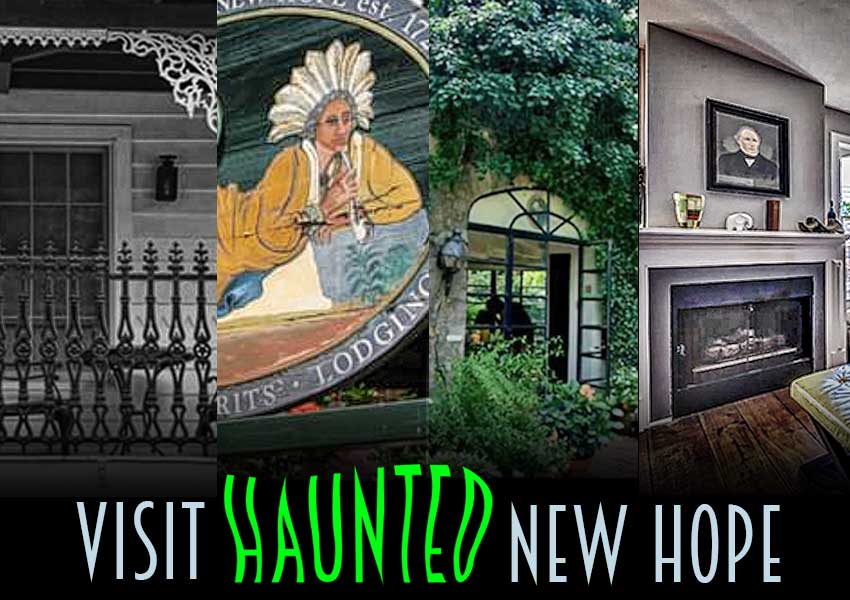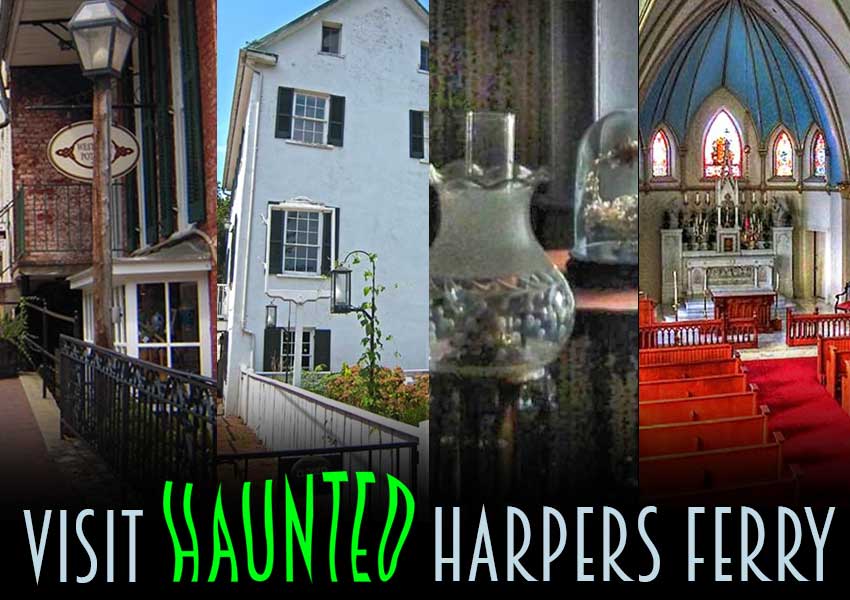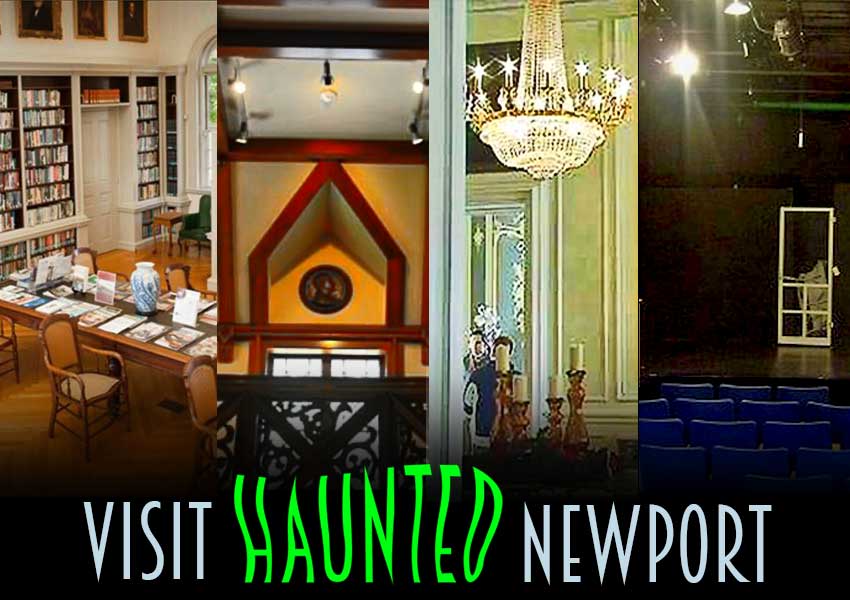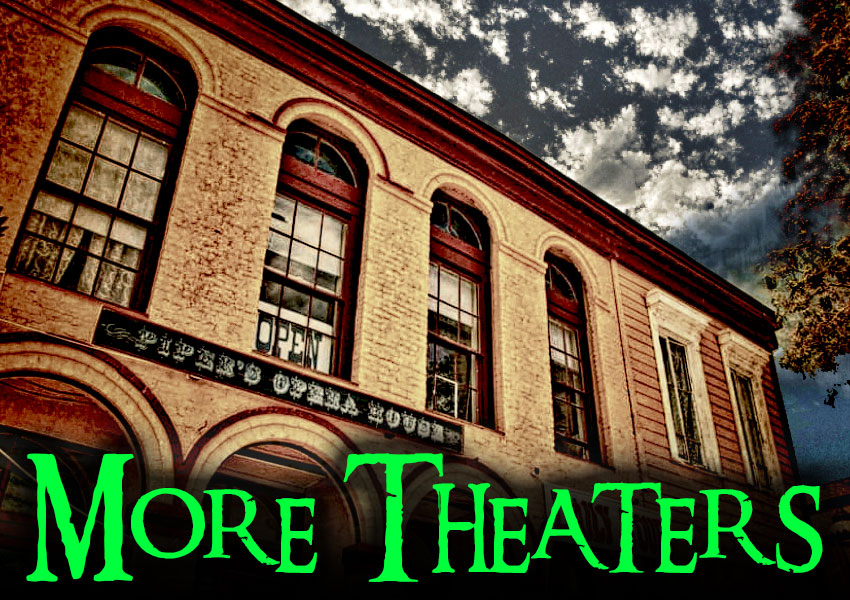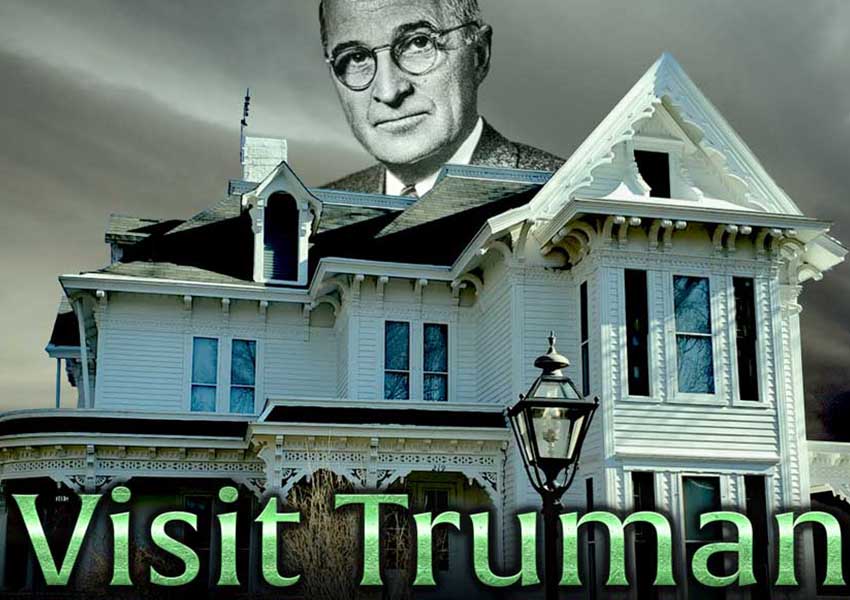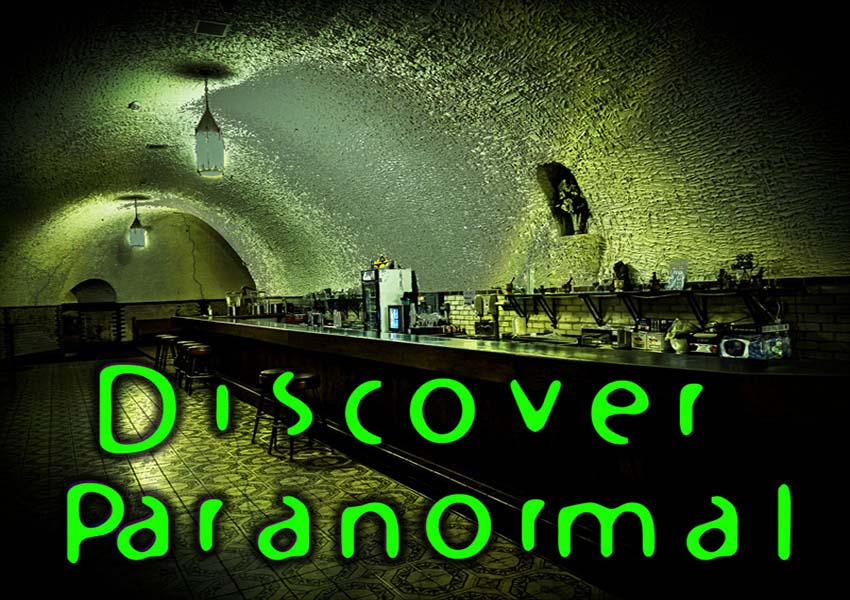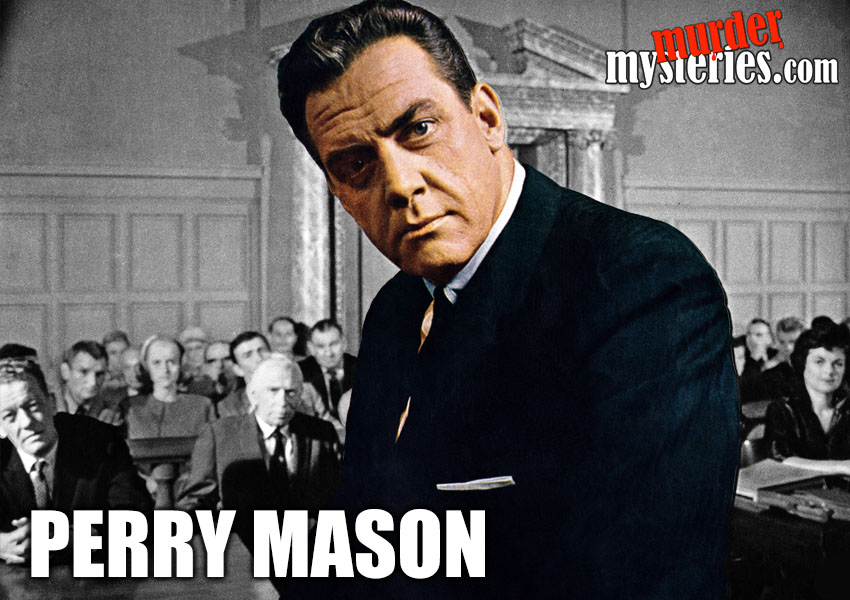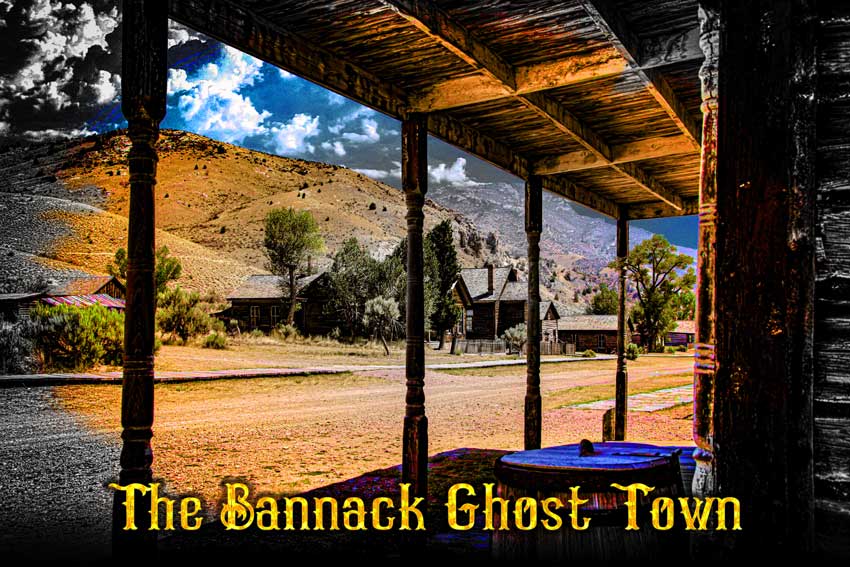Hadley Massachusetts
Porter Phelps Huntington House
Former gentle residents still reside here.
Some have a loving heart that they share with the young.
DESCRIPTION
The Porter Phelps Huntington House was “the heart of the large farmstead known as ‘Forty Acres’ that included over six hundred acres stretching from the banks of the Connecticut River to the top of Mount Warner, in North Hadley.”
Although there have been many alterations and improvements to suit the various generations of the Porter/Phelps/Huntington family who lived here throughout the years, much of the original house, built by Moses Porter, remains as it was originally built. It had no problem being listed on the National Register of Historic Places in 1973.
For two hundered years, six generations of the same family lived in this family’s forever home. “The house was continuously occupied by a single family from its construction in 1752 until the death of Dr. James Lincoln Huntington, the museum’s founder.
The house contains the family’s belongings accumulated and preserved over three hundred years. The family also left a rich collection of personal letters, diaries and account books, photographs and other material.”
Today, this farm house museum is surrounded by over 350 acres of protected farmland land, forest, and river frontage retaining its original rural setting. The house is not only listed on the National Register of Historic Places, but is also located on the National Tri-State Connecticut River Scenic Farm Byway.”
The main part of this farm house mansion is a valuable piece of American history, has two floors, with the usual peaked roof of the time. A third floor attic and bedroom were added later.
Practically every item in this mansion is one hundred years old, and some are as old as one hundred and seventy-five years, including “breathtaking leaded glass, twelve-foot ceilings, and spectacular staircases, woodwork, china cabinets, built-ins and marble.”
Among the many historical relics, one can see two colonial-style cooking fireplaces, a smoke oven, and various types of colonial furniture, such as the four poster bed used by the original Porters in the downstairs front bedroom.
Also in this bedroom, Mr. Porter’s sword can be seen on the mantelpiece of the fireplace. In the door yard south of the mansion, Moses Porter planted three elm trees; one for his wife, Elizabeth, one for himself, and one for his four year old daughter, Betty. One of these elms is still thriving today, among the lush gardens.
Though the Porter Phelps Huntington House is closed due to Covid for its 2021 season, visitors can still see the lush gardens and hike along the new trail system that revisits areas that were used by this family for years.
“A newly created trail system begins at the Museum and traverses the farm fields along the river and continues across River Drive through a forested area along a ridge. This ridge was part of the old buggy path to the top of Mount Warner where the family grazed their cattle in the 18th century and in the late 19th century went nutting on Sunday outings.”
“At the top of the Mount Warner Trail keep a look out for John’s Rock. The rock is named after John Morrison, a Scottish Prisoner-of-War during the Revolutionary War, who would climb and rest there, while he worked on the gardens and farm.”
HISTORY
This “Authentic, Colonial House” was one of the first built on May 27, 1752, by Captain Moses Porter, an active officer in the Militia. The Porter Forty Acre Estate was located north of town, outside the stockade.
The three members of the happy Porter family had lived together in their new forever home for only three years, when tragedy struck, breaking the hearts of both Mrs. Elizabeth Porter, and the young daughter, Betty.
Militia Captain Moses Porter, was called up to go fight the French and their Indian allies, during the fourth French and Indian War. While putting Betty to bed in the downstairs front bedroom, Moses Porter’s Indian servant handed Mrs. Porter her husband’s sword through the heavy bedroom window shutters, silently indicating that Moses had been killed, in a bloody ambush.
Elizabeth Porter continued to live in the family home, raising little Betty. Although Moses was killed, the family continued to live here for six generations. Besides the Porters, descendants in the Phelps and Huntington families made this special structure their forever home; and later their summer and vacation home and part of their identity.
Elizabeth Porter inherited 300 acres of land that Moses Porter owned, as well as having money of her own. She never remarried because she enjoyed being financially independent. Elizabeth Porter passed the house and property to her daughter, Elizabeth Phelps.
Little Betty grew up and married Charles Phelps. Charles was a farmer, land speculator and public official. Elizabeth brought in financial support for hers family by making cheese and butter for traders well as taking care of the chores of the household. Charles and Elizabeth remodeled the original house to be in the Federalist style.
Elizabeth Phelps was active in their church, taking her commitment very seriously.
“Hundreds of people were welcomed into Elizabeth’s home, seeking work, refuge, or company. She attended innumerable births and kept vigil over hundreds of deathbeds.”
Elizabeth Phelps passed it to her daughter, Elizabeth Huntington, who moved inside with her husband, Rev. Dan Huntington and their eleven children. To educate their children, they sold some of their farm property.
In 1855, one hundred and three years after its construction, the house went to a son, Bishop Frederic Dan Huntington, the youngest of Elizabeth and Dan’s children. Bishop Frederick bought all the shares of his brothers and sisters of the family farm, becoming the sole owner.
While Bishop Frederick Dan Huntington and his family continued to live in New York, they spent their vacations and summers here. This property became more valuable as being a place of personal and family identity than being an active, productive farm.
In 1904, family tragedy befell the Huntington family.
“In a tragic coincidence both Frederic Dan Huntington and his eldest son George died on the same day in 1904. When the Bishop’s widow died in 1910, the house at Forty Acres passed directly to her grandchildren. It was used sporadically and fell into disrepair.”
In 1921, one of the grandchildren, James Lincoln Huntington who was a “prominent Boston obstetrician,” stepped up to the plate to begin to repair this now creaky family vacation home that was the anchor of one family’s history.
“It did not seem possible that Moses Porter’s house could find no successor after so many years to continue to cherish it…It swept over me for the first time that I owned the house just as much as any other member of the family and that I was equally responsible for the present condition.”
– James Lincoln Huntington in Forty Acres
Besides gradually restoring the family home from a summer home, to a “colonial masterpiece in it former glory,” he also knocked down some dilapidated agricultural buildings, to “make the house conform to his vision of genteel domesticity.”
HISTORY OF MANIFESTATIONS
People who adore their forever home sometimes like to stay there to remember their favorite memories with loved ones, and be around their favorite belongings if they are on display such as in house museum.
Custer House, SD (After the Custer House was rebuilt from blueprints drawn up by General Custer and filled with all the Custer family’s personal belongings, the whole family moved back inside, along with the officers that hung out there).
Pittock Mansion Museum, OR (The spirits of Mr. and Mrs. Pittock moved back into their restored retirement home that has all their cherished belongings).
Mary Washington House Museum, VA (The spirit of Martha Washington happily putters around her forever home, enjoying visitors, and supervising the docents).
Porter Phelps Huntington House Museum, MA (It is believed that the spirit of Elizabeth Porter still enjoys her home, remembers her loving husband, and still enjoys doing her spinning chores on her spinning wheel on display).
Throughout the eras, children died from diseases that swept the area and from everyday childhood accidents. These child spirits like to stay in the structure where they felt love from family.
Waverley Plantation House, MS (Two spirits of little girls still enjoy playing and staying here).
Bee Bennett House, CA (Two spirits of little boys still play in the house).
Lafitte’s Guest House, LA (A spirit of a little girl who died of Yellow Fever still stays in this structure where she lived).
Porter Phelps Huntington House Museum, MA (Sometime during the first four generations, a child died in the house from an unknown cause).
People who suffer a very painful loss of a loved one, sometimes continue to do so as spirits. Some find comfort for their sorrow in a structure that they loved while alive.
Chapel of the Cross, MS (A spirit of a woman who lost her fiancee in a duel, still mourns for him here despite carrying on with her life after he died. She never got over her loss).
Longfellow Wayside Inn, MA (A broken heart that yearns for a beloved is the cause of the paranormal activity… This spirit keeps busy while waiting, having fun along the way).
Saint Francis Inn, FL (A spirit of a house slave still goes about her chores so she can be with her forbidden love who killed himself years ago).
Porter Phelps Huntington House Museum, MA (When Moses Porter was killed in battle, both Mrs. Porter and Betty mourned his passing for the rest of their lives, never getting over their grief. Unfortunately, grief counselors weren’t available during this time era).
MANIFESTATIONS
It is thought that perhaps the spirit of Mrs. Porter or her daughter, Betty, mentioned above may be the spirit or spirits haunting the mansion. Or it could be someone who died more recently. No one knows for sure. It’s hard to say when the manifestations started.
The haunting incidents weren’t discussed among family members until a generation or two before the mansion became a museum, started by Dr. Huntington and his family, direct descendants of the Porters.
Kind Toward Children
Throughout the years, children have found themselves being gently, lovingly tucked in at night, by a kindly, well-meaning presence.
Awakening in the middle of the night, children of many generations have seen an apparition bending over their beds, who was wearing a full skirt, with an oddly patterned design, and a frilled white cap, that both glowed in the dark.
Children would tell their mothers, that they had felt being tucked in, thinking it was their own mother. Mothers told them that it must have been the ghost, an ancestor of their family line.
Spirit of a Child
“A firm, but light step” has been heard going up the staircase to the attic, usually after midnight or sometimes at sunrise.
The door to this staircase on the second floor hallway, was always firmly closed and latched, but would be found open the next morning.
A young Huntington boy, who was sleeping in the attic room had an encounter with an apparition on the stairs.
After hearing for two consecutive nights, approaching footsteps coming up to the attic, he flew down the stairs, on the third nightly hearing of these footsteps, passing a child-sized apparition, on the stairs.
Spins By Itself
While the first Elizabeth’s spinning wheel was kept in the north kitchen, the whirring sound of this spinning wheel was heard coming from the attic.
It is thought that the big hint of who it is, is that the spinning wheel was a favorite possession of Elizabeth, so she is probably the one still using it.
When the museum is closed, the door to the kitchen was shut tight. When the museum is opened, the kitchen door is wide open.
Mind of Their Own
Dr. Huntington has personally seen latches rise by themselves, and doors open, without any help from the wind or the living.
Much To Do!
While sitting with the family in the long room, or at the dining room table, visitors have seen, out of the corner of their eyes, something bustling by in a hurry.
Spectral Music
Family members had heard a “high, sustained musical note” once in a while during the day and night.
Sign in the Bedroom
Indentations on the four poster bed in the front bedroom have been seen by the living, as if someone unseen was lying down on top of the spread.
PARANORMAL FINDINGS
The last generation of the Porter, Phillips and Huntington family admitted to themselves that some spirits from their ancestors were still there, keeping them company, and enjoying their activities.
Docents have also had some gentle personal experiences.
Well-known author and psychic, Suzie Smith, briefly saw a gray mist traveling up the staircase to the attic, and saw an unexplained shadow, while on her day tour of the mansion. Full details of her observations and her report on the mansion can be found in her book, “Prominent American Ghosts.”
STILL HAUNTED?
Most Probably so! The Porter Phelps Huntington House Museum apparently is still a beloved family forever and vacation home for at least two spirits, but probably more!
Other spirits from the six generations may like to visit as well, when the living have all gone home.
LOCATION
Also called Forty Acres, or known as The Porter/Phelps/Huntington Mansion, this haunted mansion, now a museum, can be found on Route 47, near Hadley, Massachusetts. It’s open to the public in the afternoon, for a fee.
SOURCES INCLUDE
- Prominent American Ghosts, by Suzy Smith, Dell Publishers, January 1, 1969
- https://www.pphmuseum.org/six-generations
Our Haunted Paranormal Stories are Written by Julie Carr

